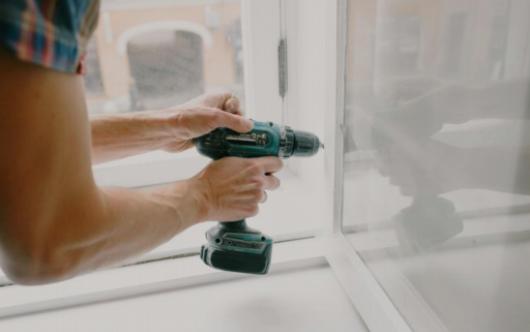As a homeowner, it's important to keep a close eye on the condition of your roof to ensure the safety and integrity of your home. Over time, roofs can deteriorate and develop issues that may not always be visible at first glance. By recognizing the signs of an aging roof and understanding their implications, you can proactively address any necessary repairs or replacements before it's too late. In this article, we will discuss five key indicators that it may be time to replace your roof, from assessing shingle damage to evaluating energy efficiency. Additionally, we will emphasize the importance of professional inspections in uncovering any hidden damage that may be lurking beneath the surface.

Recognizing aging signs in your roof and understanding their implications
Recognizing aging signs in your roof is crucial for maintaining the integrity and safety of your home. As your roof ages, it is inevitable that it will start to show signs of wear and tear. It is important to understand the implications of these aging signs in order to know when it is time to replace your roof.
One of the most common aging signs in a roof is the presence of cracked or curled shingles. This can occur due to exposure to harsh weather conditions, such as sun, rain, wind, and snow. Cracked or curled shingles can compromise the waterproofing of your roof, leading to leaks and water damage. It is important to address this issue promptly to prevent further damage to your home.
Another aging sign to look out for is missing shingles. Missing shingles can leave your roof vulnerable to water infiltration and can also be a sign of underlying structural issues. If left unchecked, missing shingles can lead to more extensive and costly roof repairs in the future.
Additionally, granule loss on shingles is a visible sign of aging. The granules on shingles help to protect them from the elements and provide fire resistance. When granules begin to wear away, it can shorten the lifespan of your roof and leave it susceptible to damage.
As your roof ages, you may also notice dark streaks or stains on the shingles. This can be a sign of algae or moss growth, which can cause damage to your roof and compromise its integrity over time.
Finally, if you notice that your roof is starting to sag in certain areas, it is a clear indication that the structural integrity of your roof is compromised. Sagging areas can be caused by issues with the roof decking or underlying support structures, and should be addressed immediately to prevent further damage.
In conclusion, recognizing aging signs in your roof and understanding their implications is essential for making informed decisions about roof replacement. By being vigilant and proactive in monitoring the condition of your roof, you can maintain the safety and longevity of your home.
Assessing shingle damage as a critical indicator for roof replacement
Shingle damage is a critical indicator that it may be time to replace your roof. As shingles age, they can become cracked, curled, or missing altogether. This can leave your roof vulnerable to leaks and other damage. It is important to regularly inspect your shingles for any signs of wear and tear, and to address any issues promptly. Ignoring shingle damage can lead to more serious problems down the line, so it is important to take action as soon as you notice any issues. Replacing damaged shingles can help to keep your home safe and protected, and can also improve the overall appearance of your roof.
Identifying sagging areas on the roof and what they signify about structural integrity
Identifying sagging areas on your roof is a crucial step in assessing the structural integrity of your roof. Sagging areas can indicate issues such as water damage, rotting wood, or inadequate support in the underlying structure. These issues can compromise the overall stability of your roof and pose a safety risk to your home and its occupants. It is important to address sagging areas promptly to prevent further damage and ensure the long-term durability of your roof. Professional inspections can help identify and address sagging areas before they escalate into more serious problems.
Evaluating the effectiveness of your current roofing in terms of energy efficiency
An inefficient roof can result in higher energy bills as it fails to properly insulate your home, leading to heating and cooling losses. This can also put additional strain on your HVAC system, resulting in increased energy consumption and potential maintenance costs. By assessing the energy efficiency of your current roof, you can make an informed decision on whether a replacement is necessary to improve the overall efficiency of your home.
Highlighting the importance of professional inspections to uncover hidden damage
Professional inspections are a crucial aspect of ensuring the longevity and safety of your roof. These inspections are conducted by trained professionals who have the knowledge and expertise to identify any hidden damage that may not be visible to the untrained eye. By investing in regular inspections, homeowners can catch potential issues early on before they escalate into more serious problems. Additionally, professional inspections can provide valuable insights into the overall condition of the roof and help homeowners make informed decisions about whether it is time to replace their roof. Overall, professional inspections are an essential tool in maintaining the health and integrity of your roof.

